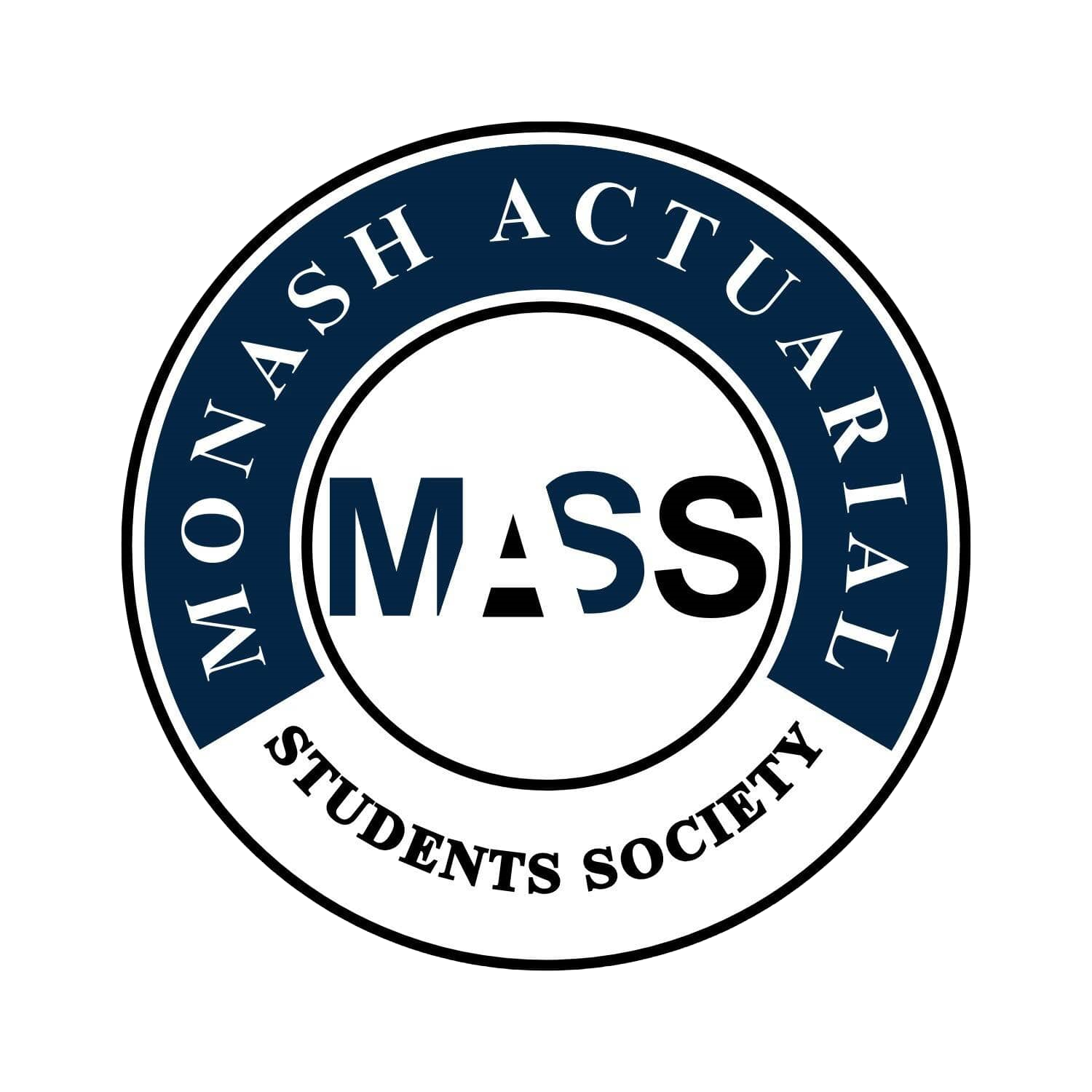ETC3420 / ETC5342 Applied Insurance Methods
Difficulty:
Year Completed: Semester 2, 2021
Prerequisite: ETC2420 or ETC2520
(or MTH2222)
Exemption:
CS2 Risk Modelling and Survival Analysis
ETC2420 (10%), ETC3420 (20%), ETC3430 (50%), ETC3550 (20%)
CM2 Financial Engineering and Loss Reserving
ETC3420 (20%), ETC3460 (25%), ETC3520 (55%)
Weighted average of 70% required. Minimum of 60% required for each unit.
Mean Setu Score: 50.0%
Clarity of Learning Outcomes: 48.72%
Clarity of Assessments: 48.7%
Feedback: 43.6%
Resources: 46.2%
Engagement: 69.2%
Satisfaction: 43.6%
Subject Content:
Lecture(s) and Tutorial(s):
Textbook(s):
Assessments:
This unit covered loss distributions, individual risk models, collective risk models, ruin theory, premium principles and claims reserving, extreme value theory and copulas.
1 x 2 hour lecture
1 x 1.5 hour tutorial
Statistical and Probabilistic Methods in Actuarial Science - This textbook is recommended by the lecturer, but is not required for the unit.
CM2 Core Reading for Institute of Actuaries UK and CS2 Core
Reading for Institute of Actuaries UK - Both are very much relevant
for the unit, with useful notes and questions that serve as an
extension to the tutorial questions.
Quiz 20%
24 hour Mid-Semester Test 20%
Final Exam 60%
Comments
As with most pure actuarial-related third year units, this is on the
more difficult end in terms of content. However, I found the unit
quite interesting and applicable to the general insurance
industry, where concepts within this unit are predominantly
applied. This unit serves as a quintessential tool to be able to
acquire and apply these methods in future work.
The lectures themselves were mostly going through already very
comprehensive lecture slides, which, as long as you pair with the
CM2/CS2 texts are more than enough for you to do well.
I would recommend paying close attention to doing and acquiring
as many questions as possible to be able to fully understand the
content, and proceed with the exams smoothly.
The tutors generally go through tutorial questions from the past
week in the tutorials and tutorial solutions are posted at the end
of the week. Some students may find auditory and visual input
provided by the tutors more engaging or easily absorbed so there
definitely is a benefit to attending tutorials.
The 24 hour take home exam was very doable since you had plenty of time to complete it and questions were based on lectures and tutorials.
Similarly, the quiz was based on tutorials and therefore was somewhat easy to do although there was time pressure and it was closed book, making it harder to complete.
The exam was not entirely representative of the unit itself and was closed book, meaning that students had to memorise many formulas. Students were allowed calculators which helped.
Overall, this unit is very informative. Students should spend time understanding the questions and solutions so that applications in exams and quizzes is easier.
General Overview:
Lectures:
Tutorials:
Assessments/Other Assessments
Exam
Concluding Remarks

